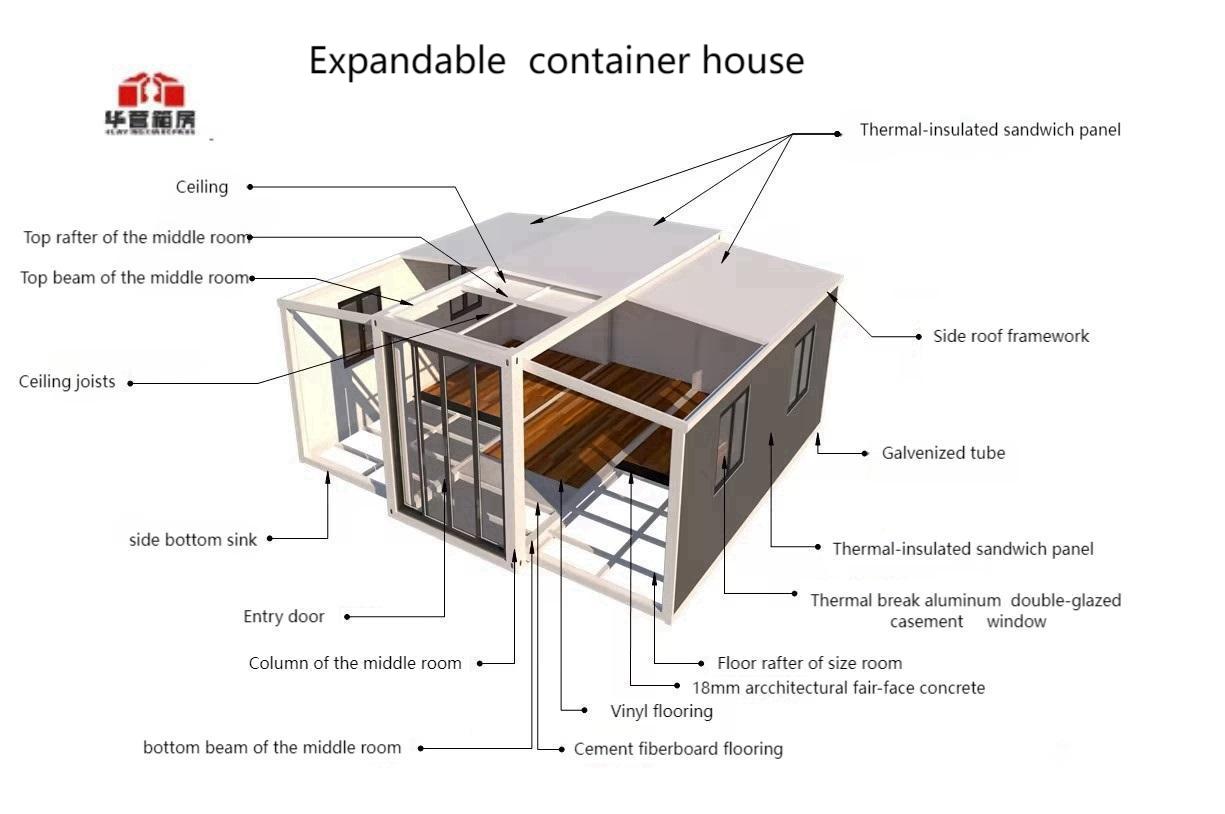Discover how an ecological house combines sustainability, energy efficiency, and modern design to create a healthier living environment. Learn about key features, benefits, and innovative construction techniques that make eco-homes the future of responsible living.
Ever wondered what it feels like to live in harmony with nature while enjoying modern comforts? That’s exactly what an ecological house offers! These aren’t just homes – they’re smart, sustainable ecosystems designed to minimize environmental impact without sacrificing style or functionality. Let’s dive into why eco-homes are revolutionizing how we think about living spaces.
What Makes a House Truly “Ecological”?
An ecological house goes beyond simple energy-saving tricks. It’s a holistic approach that considers everything from construction materials to waste management. Think solar panels soaking up sunshine, rainwater harvesting systems, and walls made from recycled materials. The magic happens when these elements work together to create a self-sufficient living space that actually gives back to the environment.
What’s really cool? Modern eco-homes blend cutting-edge technology with natural design principles. You get the best of both worlds: futuristic efficiency wrapped in earth-friendly aesthetics. It’s like having your cake and eating it too – if the cake was made from organic, locally-sourced ingredients, of course!
Key Features Every Eco-Home Should Have
Building an ecological house isn’t about following trends – it’s about implementing proven solutions. Here are the non-negotiable features:
- Passive Solar Design: Windows and walls positioned to maximize natural heating and cooling
- Renewable Energy: Solar panels or wind turbines to power your home
- Sustainable Materials: Bamboo flooring, recycled steel, or reclaimed wood
- Water Systems: Greywater recycling and rainwater collection
- Smart Ventilation: Heat recovery systems that freshen air without losing energy
These features work together like a well-oiled machine. For example, during summer, your passive design keeps rooms cool naturally, while in winter, captured solar heat reduces heating needs. It’s efficiency that works 24/7 without you lifting a finger!
The Surprising Benefits of Going Eco
Choosing an ecological house isn’t just good for the planet – it’s fantastic for your wallet and wellbeing too. Imagine slashing your utility bills by up to 70%! That’s the reality for many eco-home owners. But the benefits don’t stop there:
• Healthier indoor air quality means fewer allergies and respiratory issues
• Natural materials create a calming, stress-reducing atmosphere
• Higher property values as demand for sustainable homes grows
• Independence from utility companies during power outages
My friend Sarah moved into her ecological house last year, and she raves about how her asthma attacks have virtually disappeared. That’s the power of breathing clean, chemical-free air every day!
Innovative Construction: Making Eco-Homes Accessible
Think building an ecological house is complicated? Think again! Modern construction techniques are making sustainable living more achievable than ever. Take modular designs, for instance. These prefabricated components snap together like building blocks, drastically reducing construction time and waste.
Check out this video showing how effortlessly these eco-friendly systems install:
Pretty impressive, right? What you’re seeing is a game-changer in ecological housing – precision-engineered components that create airtight, energy-efficient structures in record time. No more months of noisy construction!
And here’s a look at the innovative structure behind these systems:

This “dual-wing” design maximizes natural light and ventilation while providing superior insulation. The beauty lies in its simplicity – fewer parts mean fewer points of energy loss, and the modular approach allows for easy customization to suit your lifestyle.
Getting Started with Your Eco-Home Journey
Ready to join the ecological house revolution? Here’s how to begin:
- Assess Your Needs: How much space do you really need? Smaller homes are inherently more eco-friendly.
- Choose Your Location Wisely: Consider sun exposure, wind patterns, and proximity to amenities.
- Select Sustainable Materials: Look for locally-sourced, recycled, or rapidly renewable options.
- Plan for Energy Independence: Start with solar – it’s the most accessible renewable energy source.
- Work with Eco-Specialists: Architects and builders experienced in green design make all the difference.
Remember, building an ecological house is a marathon, not a sprint. Start with small changes if a full build isn’t feasible – even adding solar panels or improving insulation can make a significant impact.
The Future is Green (and It’s Amazing!)
Ecological houses aren’t just a passing trend – they’re the logical next step in human habitation. As resources become scarcer and climate concerns grow, sustainable living will shift from “nice-to-have” to essential. The good news? Technology and innovation are making eco-homes more beautiful, efficient, and affordable every day.
So whether you’re building from scratch or retrofitting an existing home, embracing ecological principles is an investment in your future – and the planet’s. After all, there’s nothing more satisfying than living in a home that nurtures both you and the environment. Ready to start your eco-home adventure? The perfect, sustainable sanctuary awaits!
